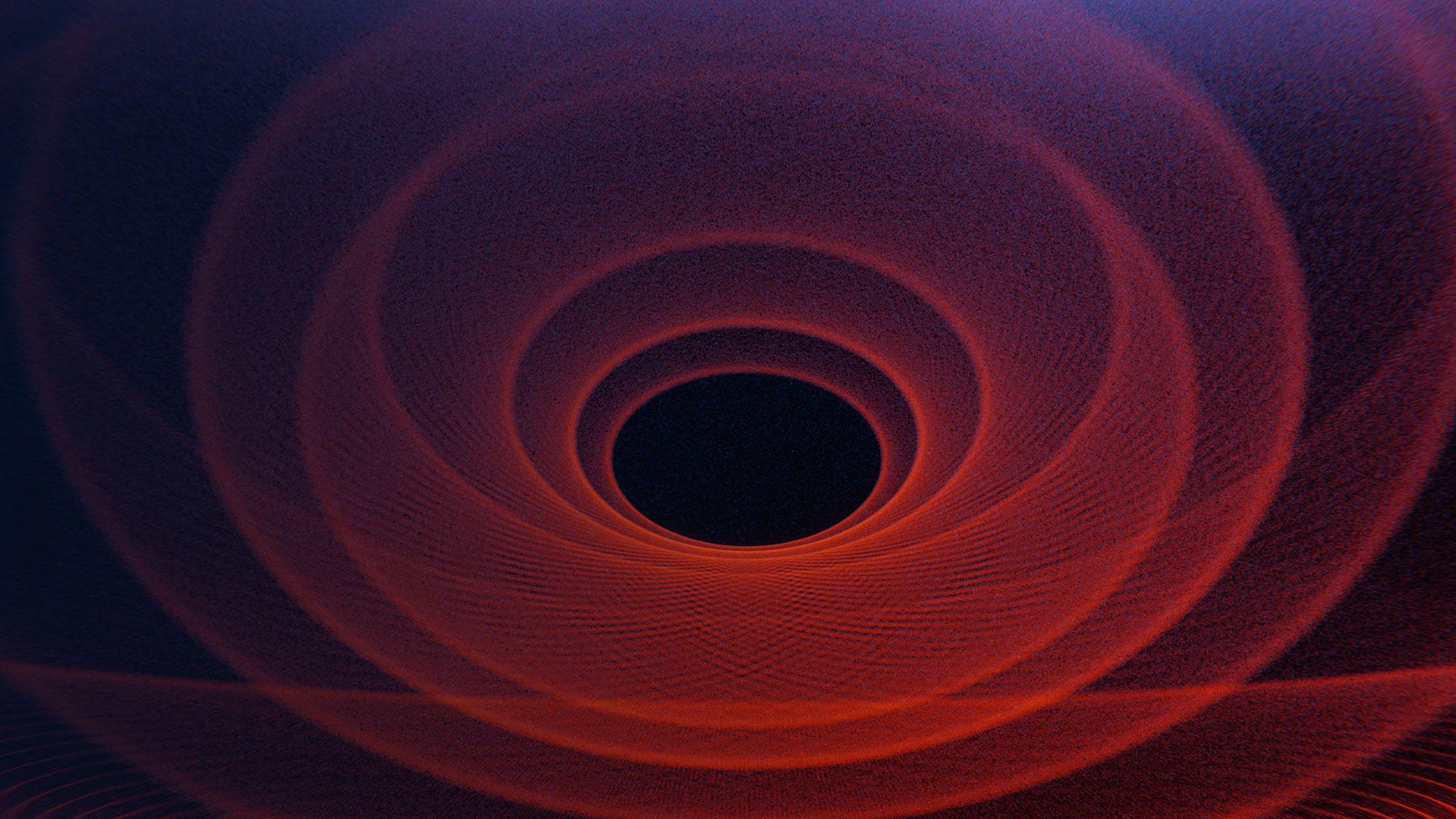

With Tech Stream releases, you can try out new features and tools while shaping Unity development through your feedback. Tech Streams are published twice a year and are supported until the next release. They can help you prepare for new feature adoption in projects that are in discovery or prototyping stages.
Discover the latest features and workflow enhancements.
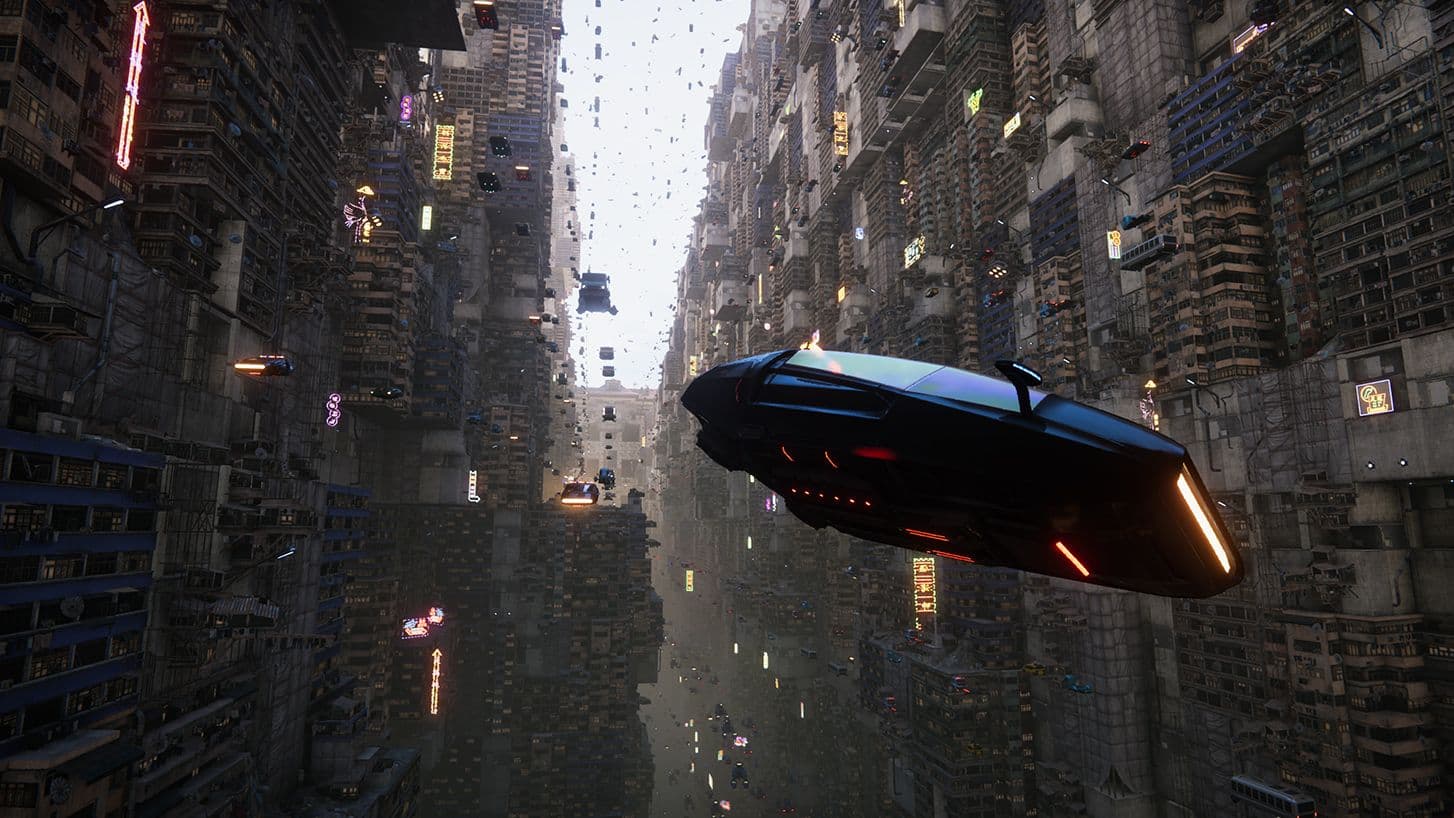
ECS for Unity (Entity Component System) is now supported for production. This gives you the power to deliver complex gameplay in rich dynamic environments to a large number of players. ECS for Unity includes the latest Entities package, along with updates to Burst compiler and C# Jobs System, and ECS-specific packages for Netcode, Graphics, and Physics. You can combine your existing GameObject experience with ECS for Unity through Baking, allowing you to use ECS to solve for specific performance bottlenecks.
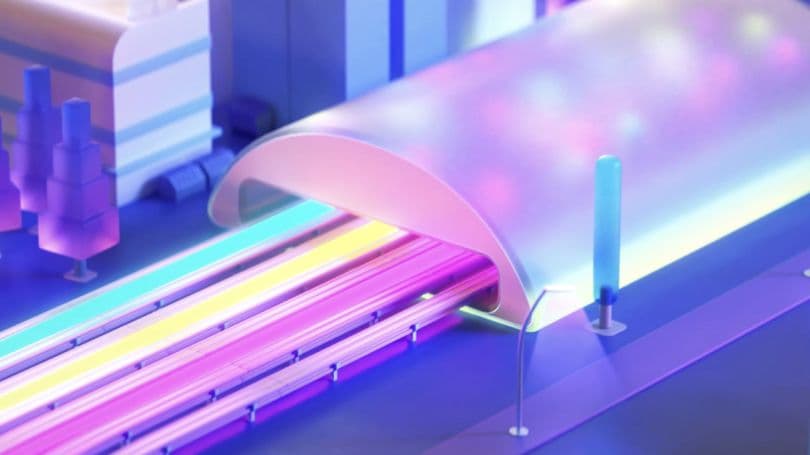
Add multiplayer experiences to your game projects with Netcode for GameObjects, which lets you delegate the low-level tech required to network your player experience. You can also choose Netcode for Entities to deliver massively multiplayer experiences as part of Unity for ECS to power more ambitious projects. Host your game with simple self-service Game Server Hosting and Matchmaker from Unity Gaming Services, and use sample code to get a head start on live operations.

Personalize your rendering with Shader Graph Full Screen Master Node and Custom Post Processing across both URP and HDRP renderers. Special URP enhancements include LOD crossfade for smoother transitions andForward+ rendering, which enables you to use more lights in a scene. Scale high-fidelity environments with the new HDRP Water System to render oceans and underwater effects, produce local fog through Volumetric Material and Shader Graph, create realistic skies with Cloud Layers dynamic lighting, and blend between Volumetric Cloud conditions. Deliver more realistic cinematics through Eye Cinematic with Caustics, and HDRP Path Tracing Denoising provides you the choice between NVIDIA Optix™ AI accelerated denoiser and Intel® Open Image Denoise.
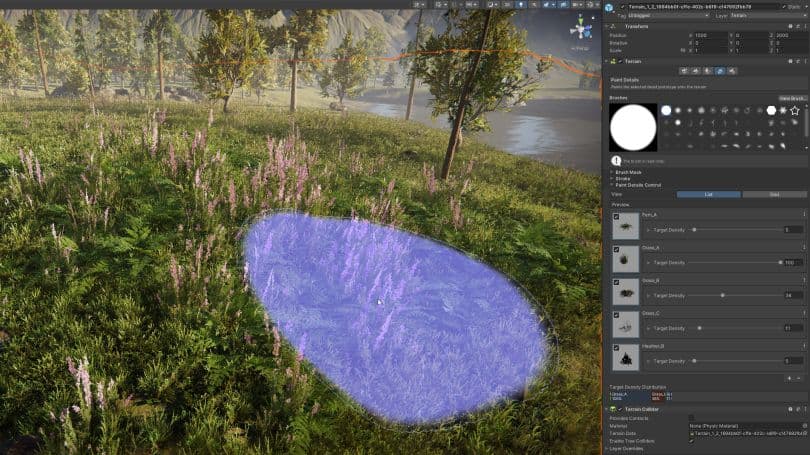
Create productively in the Editor with new features and workflow improvements. Simultaneously scatter multiple details with brush improvements in Terrain Tools. Add intelligence to 3D characters and move them without code using the new AI Navigation package, and create Splines efficiently with improved tooling and API features. Plus, check out improvements for 2D like the new Light Batching Debugger, Editor support for Sprite Atlas generation, and more. Coupled with improvements like faster C# script changes and Prefab replacement, these changes can help you dramatically accelerate your iteration time.
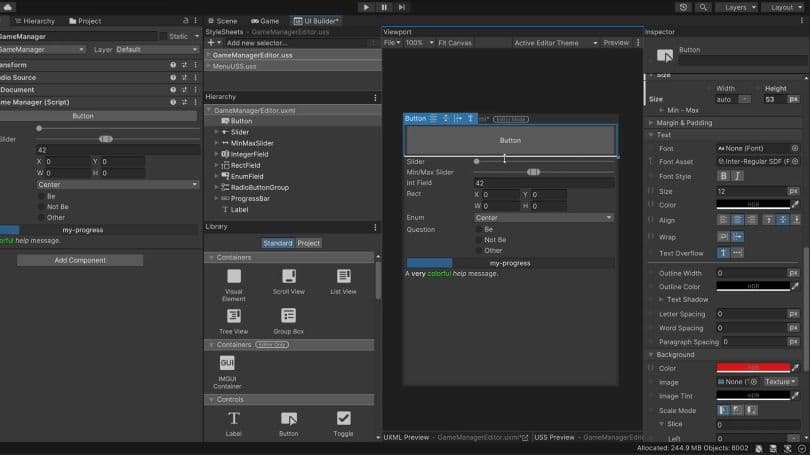
Extend the Editor with UI Toolkit to enable efficient in-engine workflows. UI Toolkit is reaching parity with IMGUI and is the recommended solution for Editor tools. UI Toolkit will be used instead of IMGUI to generate default inspectors so that Property Drawers can be used without having to write custom inspectors. The Vector Drawing API can be used for custom controls to allow authoring of splines, graphs, and other visualizations. New TreeView controls are also available for hierarchical lists. For best practices, see the new Editor Design System.

Android fast deploy speeds up installation of the APK and deployment process, and Google’s Memory Advice API enables more finely tuned memory management. DirectX 12 is now the recommended graphics API for Windows and Xbox and lays the foundation for advanced graphics features such as ray tracing, which is now available for Xbox Series X|S. PlayStation® 5 and Nintendo Switch™ are now supported with the latest incremental player build process, providing improved iteration times for these platforms.
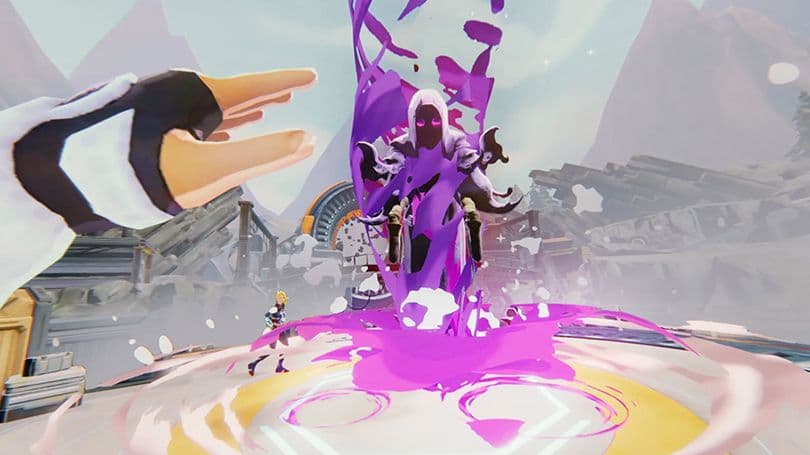
XR Interaction Toolkit (XRI) in version 2.2 provides core XR interactions and supports common cross-device interactions including grabbing, ray tracers, UI interaction for menus, and gestures for touch screens. AR Foundation 5.0 features Simulation, which allows you to test your AR app in Play mode by simulating an AR device. Additional support added for devices including Magic Leap 2, PlayStation®VR2, and Meta Quest Pro.
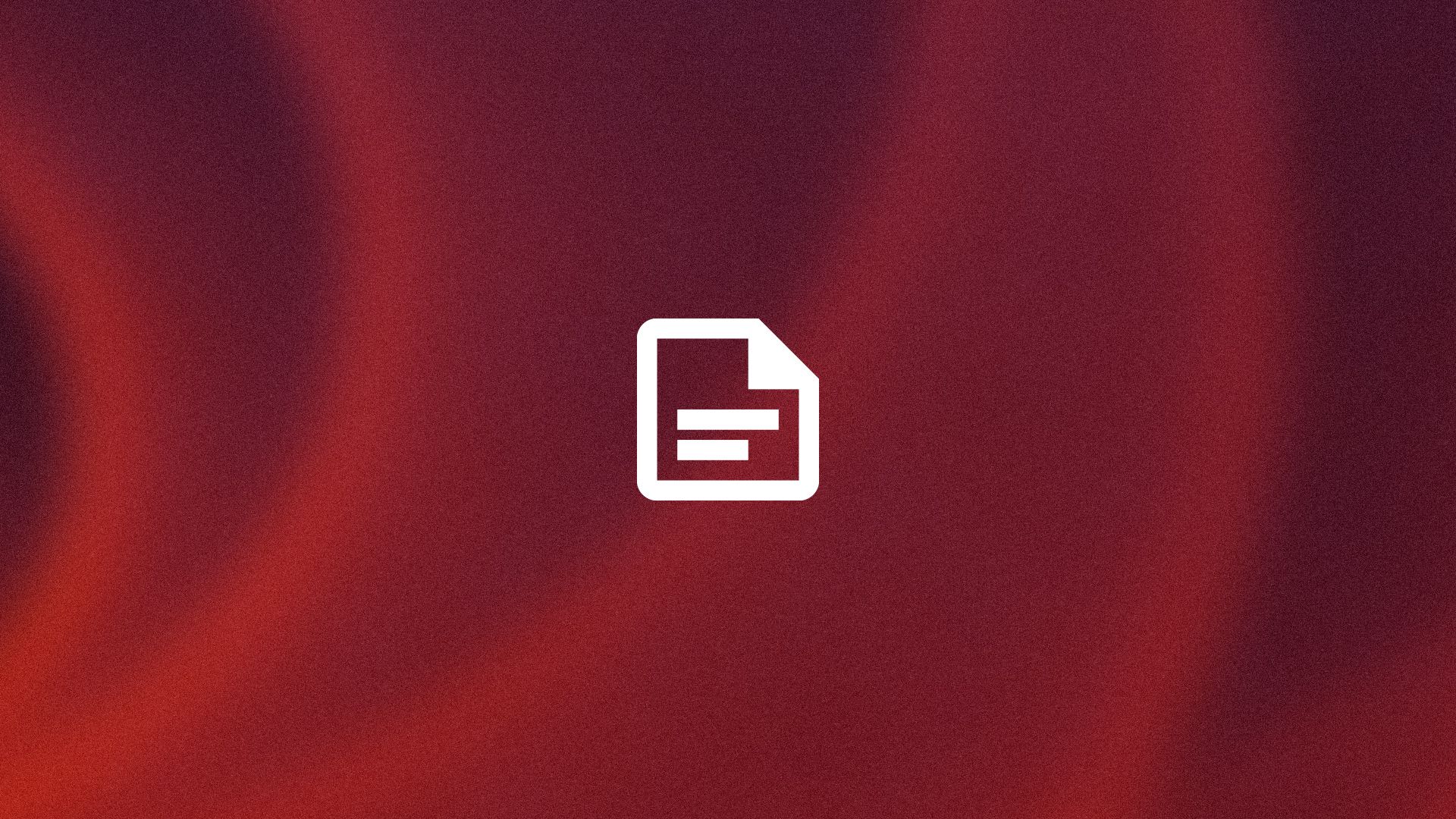
Find more details on all the updates in this release, including feature additions, performance improvements, bug fixes, and more.

See more details on the most important new features on the what’s new page in the Unity manual.
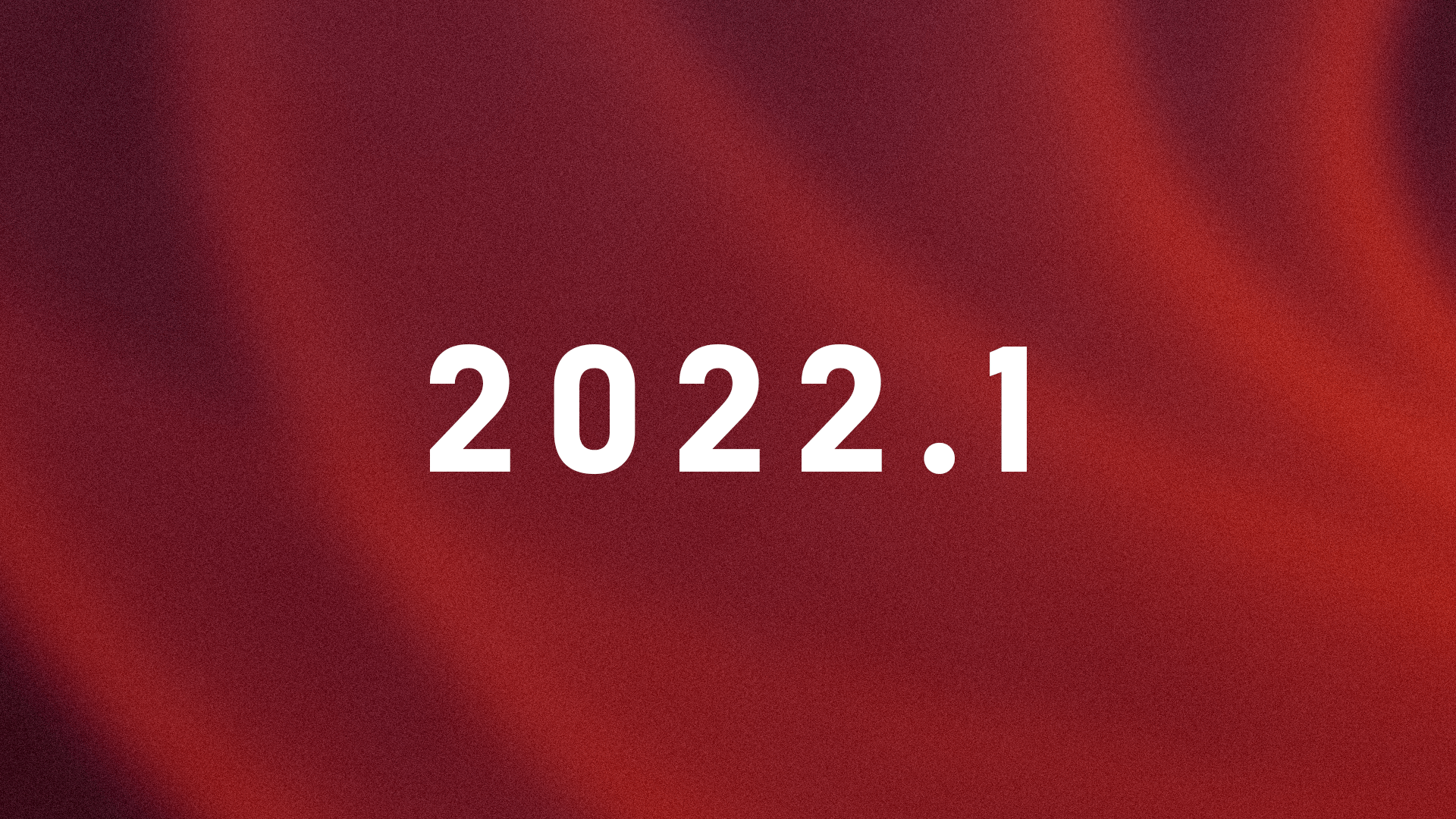
Catch up on the new features from the 2022.1 Tech Stream release from earlier this year.

The Long Term Support (LTS) release is our default version. We recommend Unity 2021 LTS for creators who are about to lock in production on a specific version of Unity.
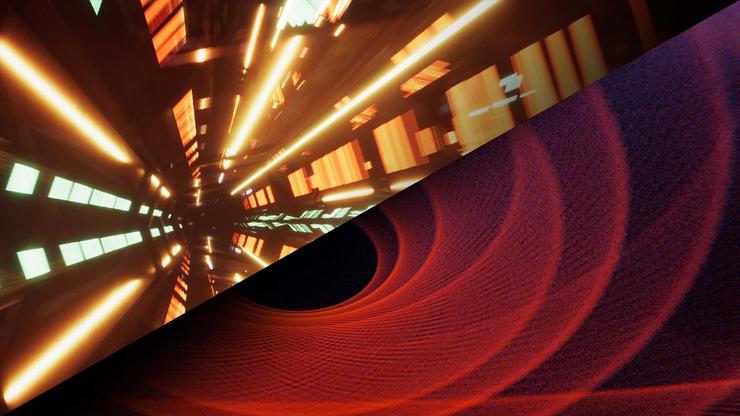
Understand Unity’s release versioning and learn what you can expect from a Tech Stream release or an LTS release.

Get Unity 2022.2 from Unity Hub – our app to help you manage Unity Editor installations, create new projects, and access your work, all in one place. If you’re a new professional user, start by getting a Unity Pro license from your team or the Unity Store.